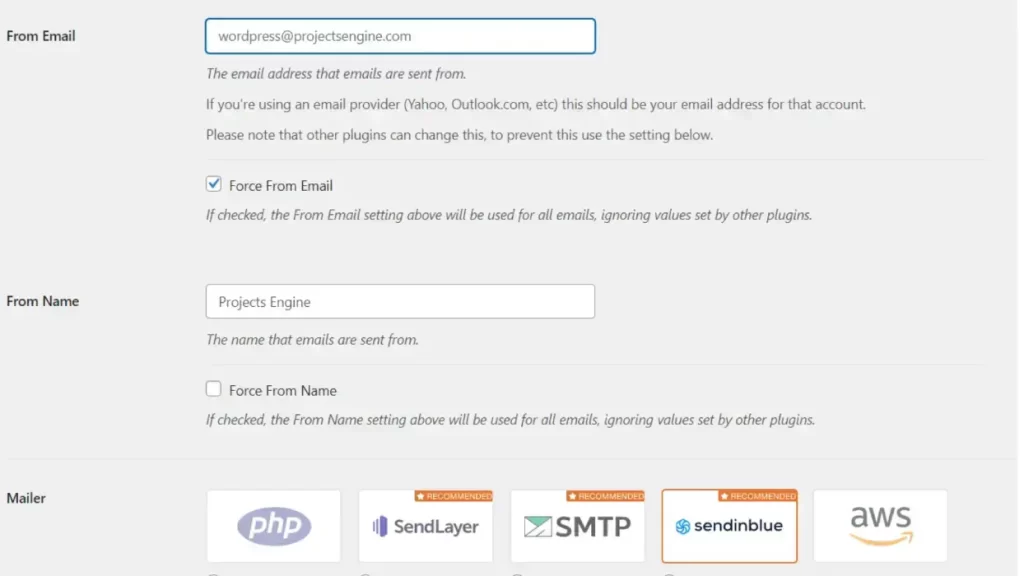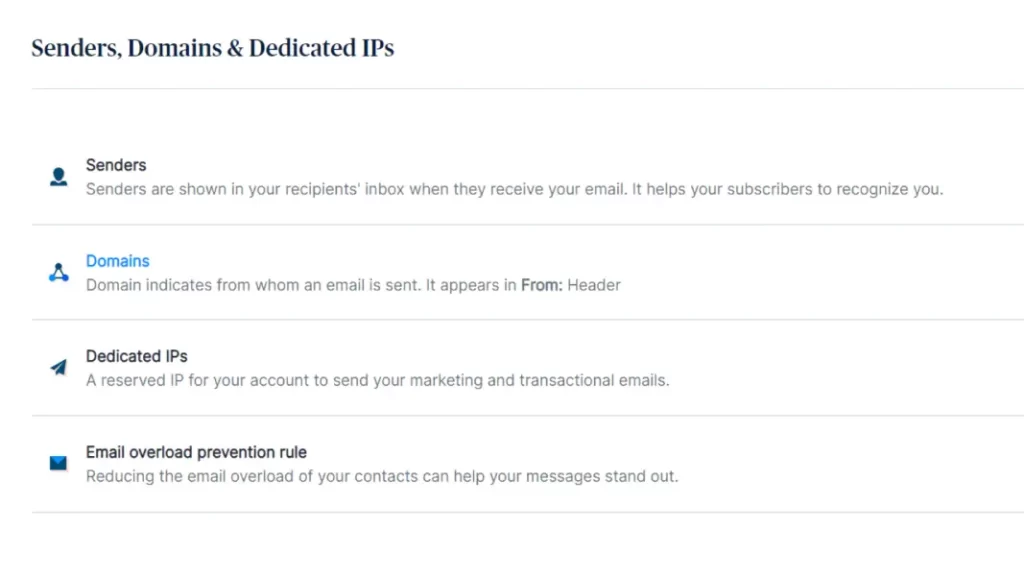
Configure Your WordPress Website to Send Emails for Free with WP Mail SMTP and Brevo
One of the advantages of using Brevo is the generous allowance of 300 free marketing and transactional emails per day.
In the realm of WordPress, effective communication is essential for websites and online businesses. Whether you need to send newsletters, order confirmations, or password resets, ensuring that your emails reach recipients’ inboxes is crucial.
Thankfully, WordPress offers powerful tools and plugins to simplify this process. In this article, we will explore the capabilities of the WP Mail SMTP WordPress Plugin, and the wp_mail() function, and also discuss how to set up Brevo (formerly known as Sendinblue) as your SMTP provider.
WP Mail SMTP WordPress Plugin
The WP Mail SMTP plugin is a popular solution for resolving email delivery issues commonly encountered with default WordPress settings. By default, WordPress relies on the PHP mail() function, which may lead to emails being marked as spam or undelivered. WP Mail SMTP tackles these challenges by allowing you to configure email settings and utilize a trusted SMTP provider for reliable email delivery.
The plugin seamlessly integrates with various SMTP providers, and by connecting to an SMTP service, you can leverage their infrastructure to ensure prompt delivery of your emails. With WP Mail SMTP, you can improve email deliverability and overcome potential spam filter challenges.
Brevo Integration for Enhanced Email Delivery
So, how can you send emails for free with WP Mail SMTP, and Brevo?
Brevo, formerly known as Sendinblue, is a renowned email marketing and automation platform. Integrating Brevo as your SMTP provider within the WP Mail SMTP plugin allows you to harness its robust email marketing features.
One of the advantages of using Brevo is the generous allowance of 300 free marketing and transactional emails per day. This means you can send up to 300 emails daily without incurring any additional costs.
These free emails encompass both marketing campaigns and transactional emails, allowing you to engage with your audience effectively. Brevo’s free allowance provides ample room for small to medium-sized businesses to communicate with their customers without the burden of additional expenses.
Once the plugin is activated, go to settings and select Brevo as the email provider.

You are going to need an API key and sending domain. The API key can be easily obtained from your free Brevo account. It is a simple button click that will generate the API key. Copy the API key and paste it into the marked field. The other field you need to fill in is your domain name.

Next, you need to authenticate your domain and set up a sending domain which will indicate from whom an email is sent. It is an easy process and it can be done in a few minutes, just follow the steps.

wp_mail() Function
Now, that we have our configuration we can start sending emails for free. You can use a form builder plugin, or if you have a little bit of programming knowledge you can use the wp_mail() function,
The wp_mail() function is a built-in feature of WordPress that allows you to send emails programmatically. It is highly flexible and can be used to send emails from custom forms, plugins, or themes. By utilizing this function, you gain full control over the content, formatting, and recipients of your emails.
$to = '[email protected]';
$subject = 'Hello from WordPress!';
$message = 'This is the content of the email.';
$headers = array('Content-Type: text/html; charset=UTF-8');
wp_mail($to, $subject, $message, $headers);
In the example above, we set the recipient’s email address, the subject of the email, the message content, and the headers. The headers can include additional information, such as the content type or the sender’s name.
